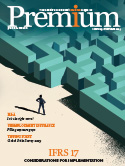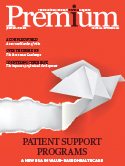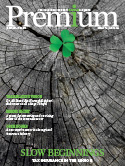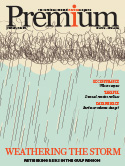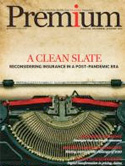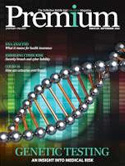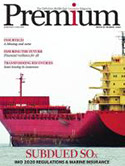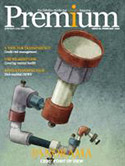APRA announces policy priorities for 2019
The Australian Prudential Regulation Authority (APRA) has released its annual Policy Priorities document, outlining its areas of intended policy focus over the next 12 to 18 months.
As well as building on several substantial pieces of work commenced last year, APRA’s near term policy agenda will be shaped by its response to the Royal Commission into Misconduct in the Banking, Superannuation and Financial Services Industry. It also takes into account major developments including other inquiries, new legislation such as the Banking Executive Accountability Regime (BEAR), and important industry trends.
APRA chair Wayne Byres stated in a press release that much of APRA’s focus in 2019 would be on strengthening the prudential framework to lift the bar for industry in terms of governance, remuneration practices, and the management of non-financial risks.
“Financial soundness and stability remain at the core of APRA’s objectives. But APRA’s Prudential Inquiry into Commonwealth Bank of Australia (CBA) highlighted the importance of not just having a healthy balance sheet, but also strong governance, a sound culture, appropriate internal controls, and clear accountabilities. These issues were further emphasised during the Royal Commission, where a lack of accountability often lay at the heart of misconduct and poor consumer outcomes,” Byres said.
“To address these issues, we will further strengthen our prudential requirements on executive remuneration, with consultation on a revised prudential standard due to start mid-year. We will also review our cross industry governance and risk management standards this year to ensure they encourage a sharper focus on non-financial risks.”
Across general, life and private health insurance, APRA intends to consult industry on plans to apply the capital framework for life and general insurance to private health insurance (PHI), as part of Phase Three of APRA’s PHI Roadmap; and release a discussion paper examining how the prudential framework for insurance may need to be modified in light of the new accounting standard, AASB 17.








